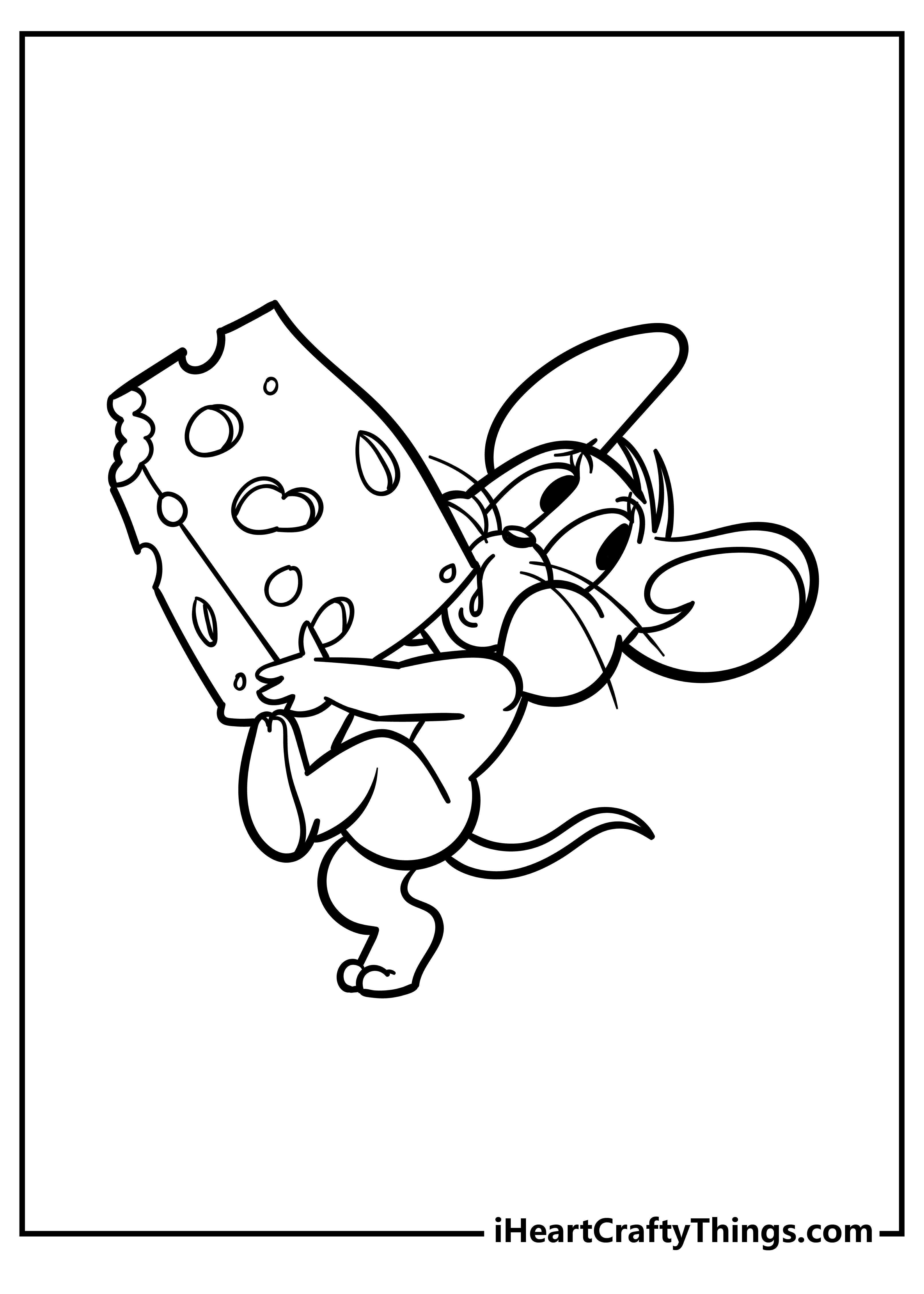When it comes to the world of television, character arcs can sometimes take unexpected turns. One such enigmatic storyline revolves around Jerry from *The Conners*. Fans have long been curious about his absence and what truly transpired with this beloved character. Let's delve into the mystery surrounding Jerry's fate and uncover the truth behind his disappearance from the show.
The absence of Jerry Garcia Conner has left many viewers scratching their heads. As a significant part of the Conner family, his sudden vanishing act sparked numerous theories among fans. Understanding why Jerry is no longer present on *The Conners* requires exploring various aspects of the series' narrative decisions and production choices. Here’s an in-depth look at what really happened to Jerry.
A Legacy Remembered: The Life of Gerald Connors
Gerald Jerry Connors was more than just a character; he represented a generation shaped by war, hard work, and community involvement. Born in Somerville to Irish immigrant parents, Jerry grew up in Burlington, where he spent his formative years. His journey through life included serving in World War II as part of the Navy, which significantly influenced his later career path. Upon returning home, Jerry pursued higher education at Bentley College while balancing employment, setting a solid foundation for his future in banking.
His professional life flourished when he joined the Woburn National Bank in 1963. Over nearly three decades, Jerry climbed the ranks due to his dedication and charm, eventually retiring as Senior Loan Officer and Executive Vice President. Beyond his career, Jerry dedicated himself to civic activities, becoming an active member of the Woburn Elks and coaching local youth sports teams. These contributions made him a respected figure within his community.
Jerry's legacy extends beyond his professional achievements. Even after battling illness throughout his later years, his impact remains profound. His passing marked the end of an era but also highlighted the importance of remembering those who contributed so much to society during their lifetimes.
A Family Celebration: Honoring Farrah Brielle
Amidst personal milestones, Patrick Conners shared heartfelt congratulations for Farrah Brielle, celebrating her academic accomplishments. This momentous occasion underscored family values centered around support and encouragement. Through social media posts filled with admiration and pride, Patrick expressed gratitude towards Farrah for being an inspiring presence not only within the immediate family circle but also extending outwardly into broader communities touched by her positivity.
This celebration reflects deeper themes prevalent throughout *The Conners*, emphasizing familial bonds amidst everyday challenges. It serves as a reminder that even amid uncertainties or hardships faced individually or collectively as families navigate life together, moments like these offer respite—a chance to pause and appreciate growth achieved thus far.
Farrah Brielle's transition into high school signifies new beginnings rich with potential opportunities ahead. Such transitions often mirror real-life scenarios depicted authentically within sitcom narratives like *The Conners*, allowing audiences worldwide to connect personally with characters experiencing similar phases in life.
Explaining Absences: Navigating Narrative Gaps
In television storytelling, addressing character absences creatively becomes essential when maintaining continuity across seasons. For *The Conners*, explanations regarding missing characters such as Andy and Jerry relied heavily on off-screen circumstances woven seamlessly into existing plots. By incorporating plausible reasons tied closely to each character's background—like having Jerry work full-time aboard Alaskan fishing trawlers—the writers maintained audience engagement without disrupting established storylines significantly.
Additionally, utilizing devices reminiscent of classic sitcom tropes helps preserve authenticity while acknowledging practical constraints faced during production processes. Known famously as 'Chuck Cunningham Syndrome,' removing peripheral yet important figures necessitates careful consideration lest it alienates loyal viewers expecting consistent portrayals over time.
Ultimately, decisions concerning character inclusion or exclusion reflect broader creative visions aligned with current trends shaping modern television dramas today. Balancing nostalgia with innovation ensures longevity for beloved franchises like *The Conners*, keeping them relevant amidst evolving entertainment landscapes driven primarily by consumer preferences and technological advancements alike.

